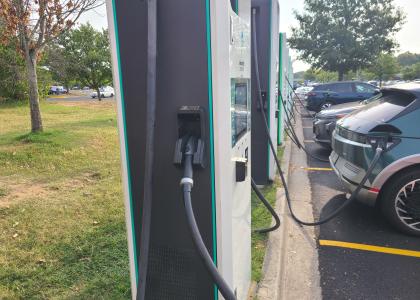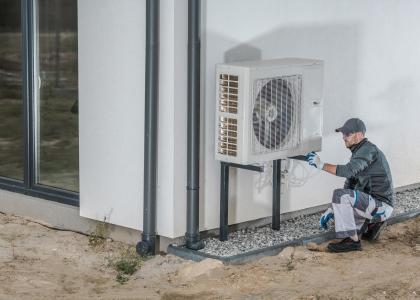Behavioral programs have the potential to greatly increase energy efficiency accomplishments in the United States. Social science, when combined with reliable evaluation, can yield dividends for energy efficiency programs; we are now seeing a rapid expansion of interest in behavioral work and inquiry into program evaluation and performance. Historically, behavior change programs have not often reported energy savings and persistence data; therefore, we produced this report to showcase 10 large-scale programs that provide concrete evidence of their accomplishments. The programs cover three sectors - industry, buildings and utilities, and transportation. We describe some common program designs and recommend ways to align them with social science research. Making energy use visible, setting measurable goals, marketing relevant benefits, leveraging social norms and networks, promoting competitions and goal setting, and speaking to non-economic motivations all appear to increase energy savings. More research is needed to quantify the effects of these practices.






